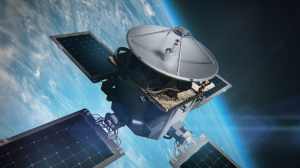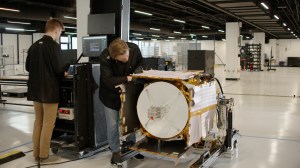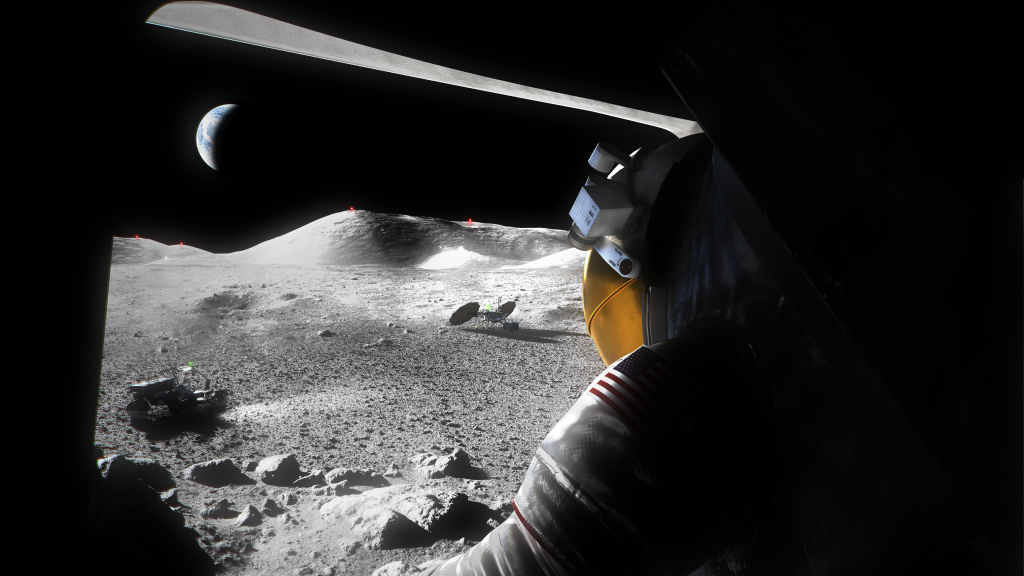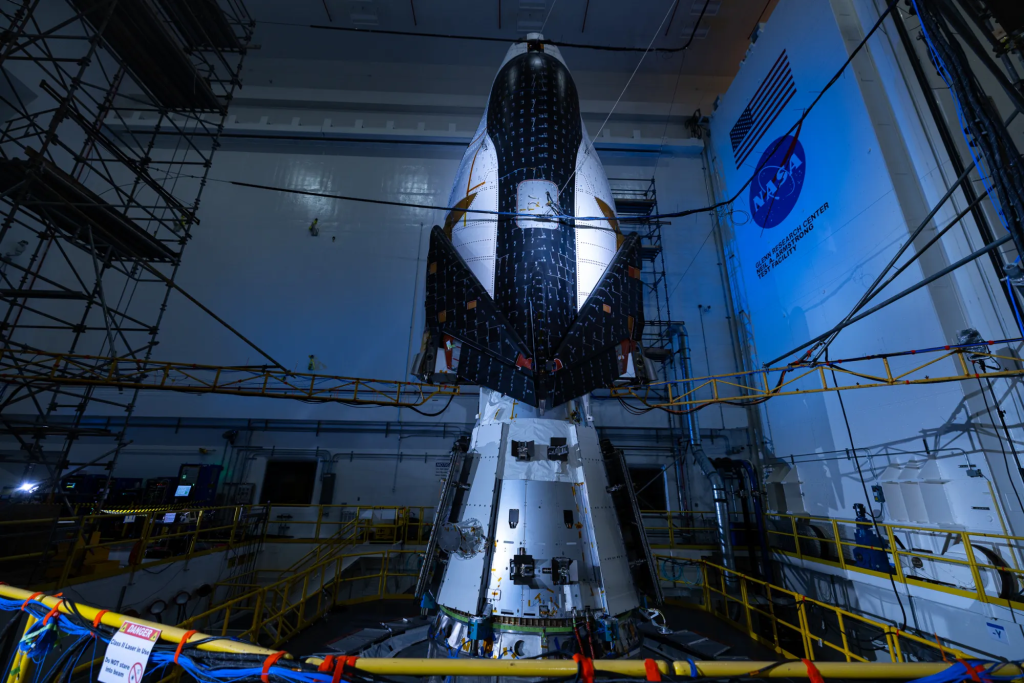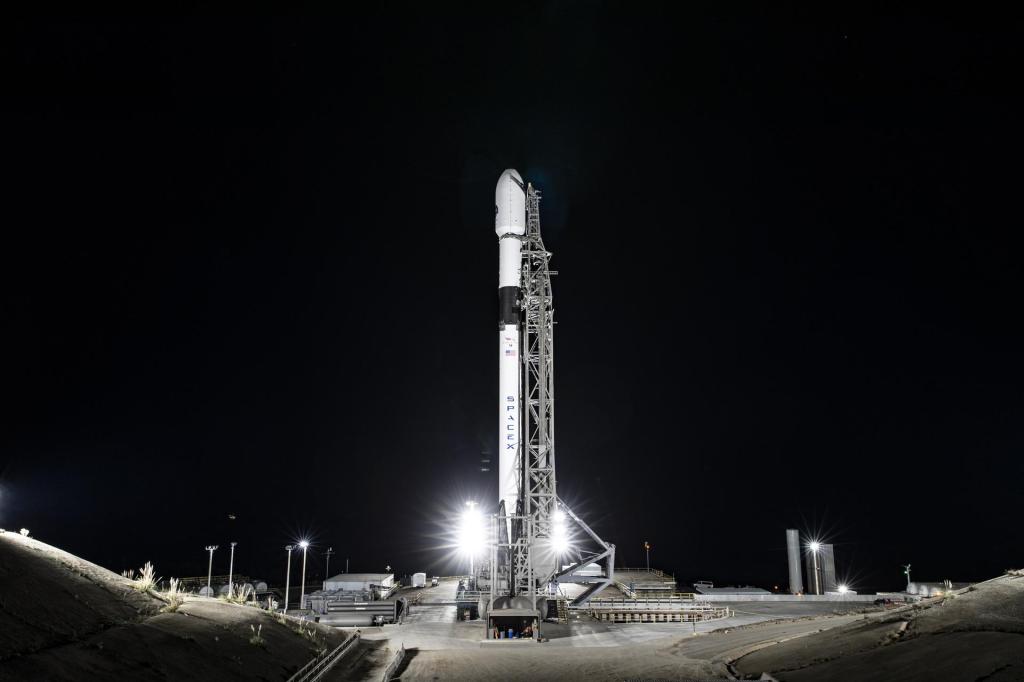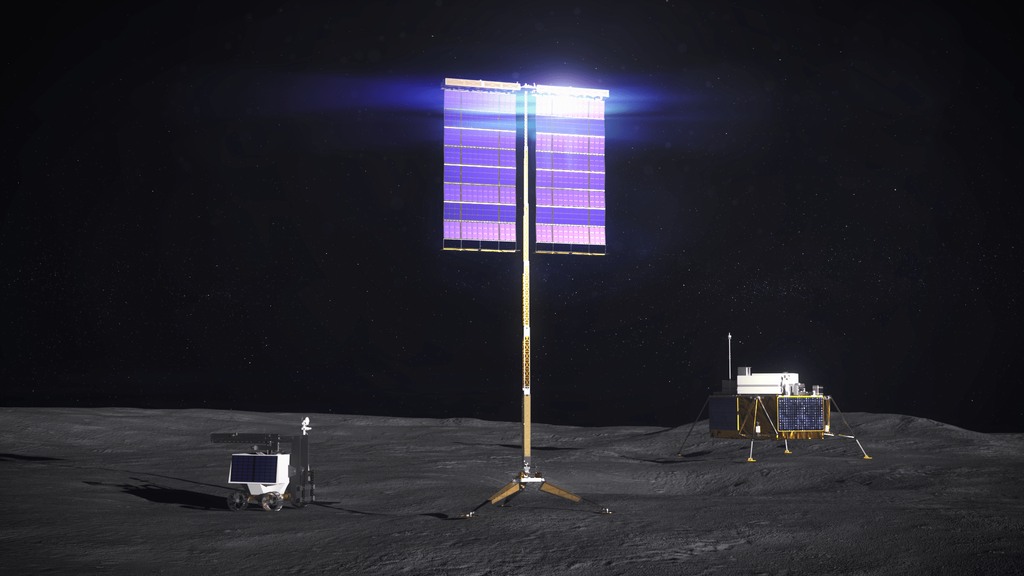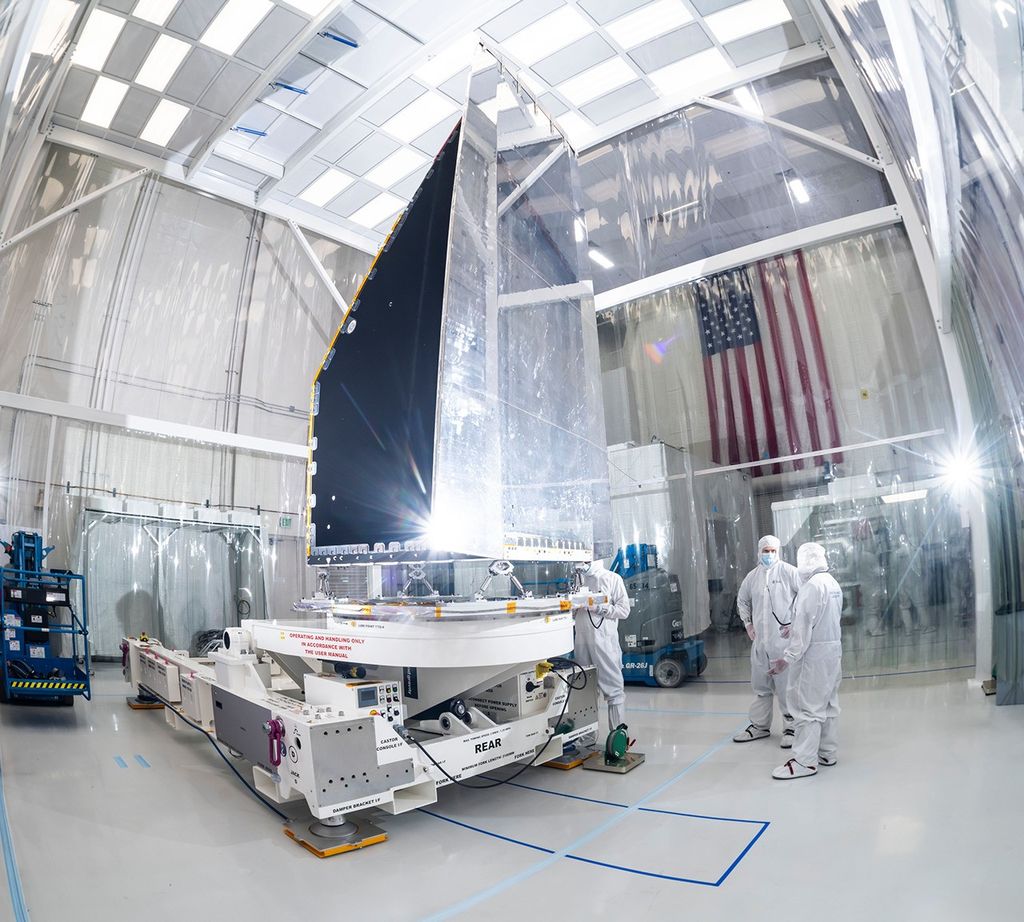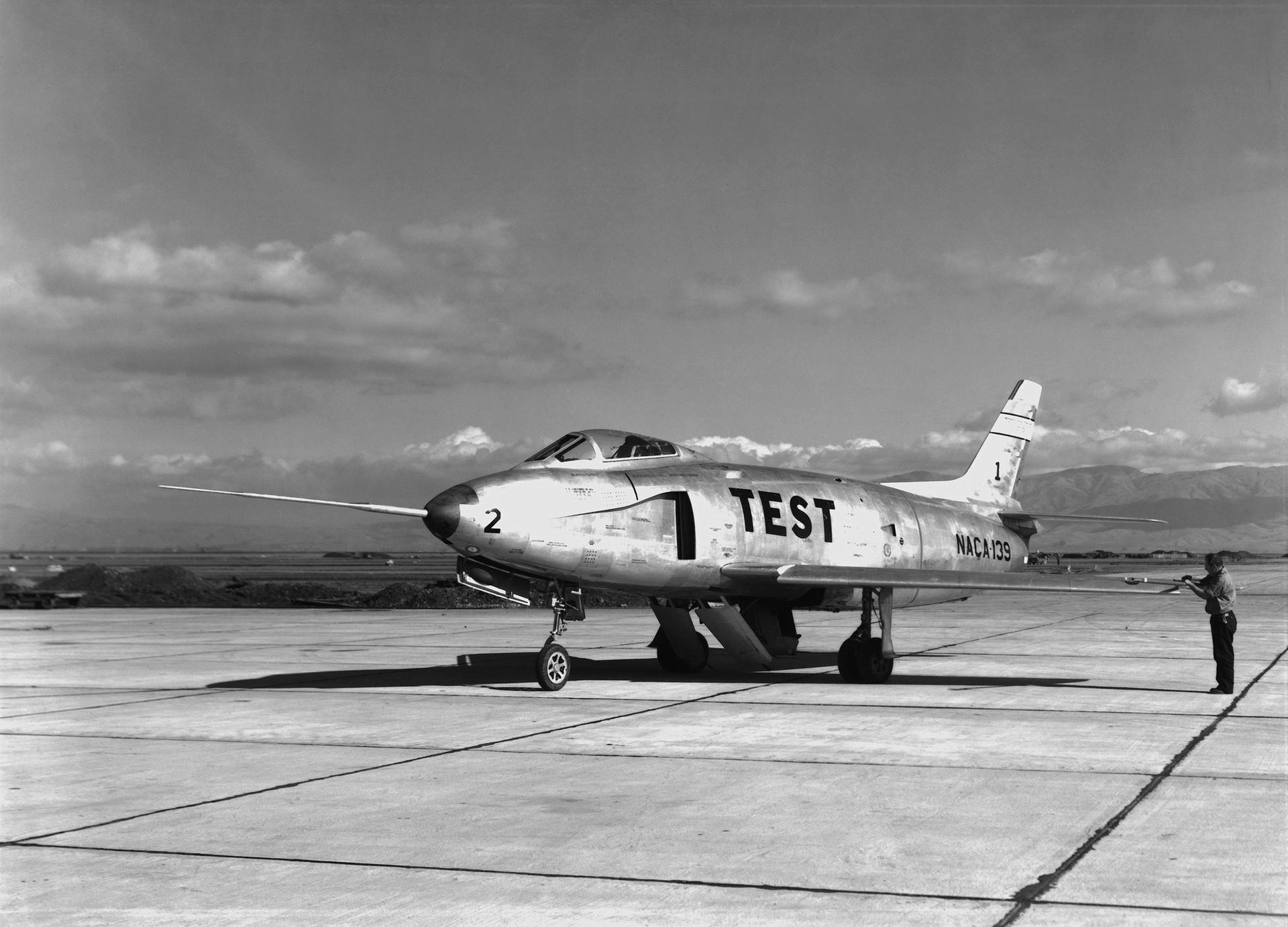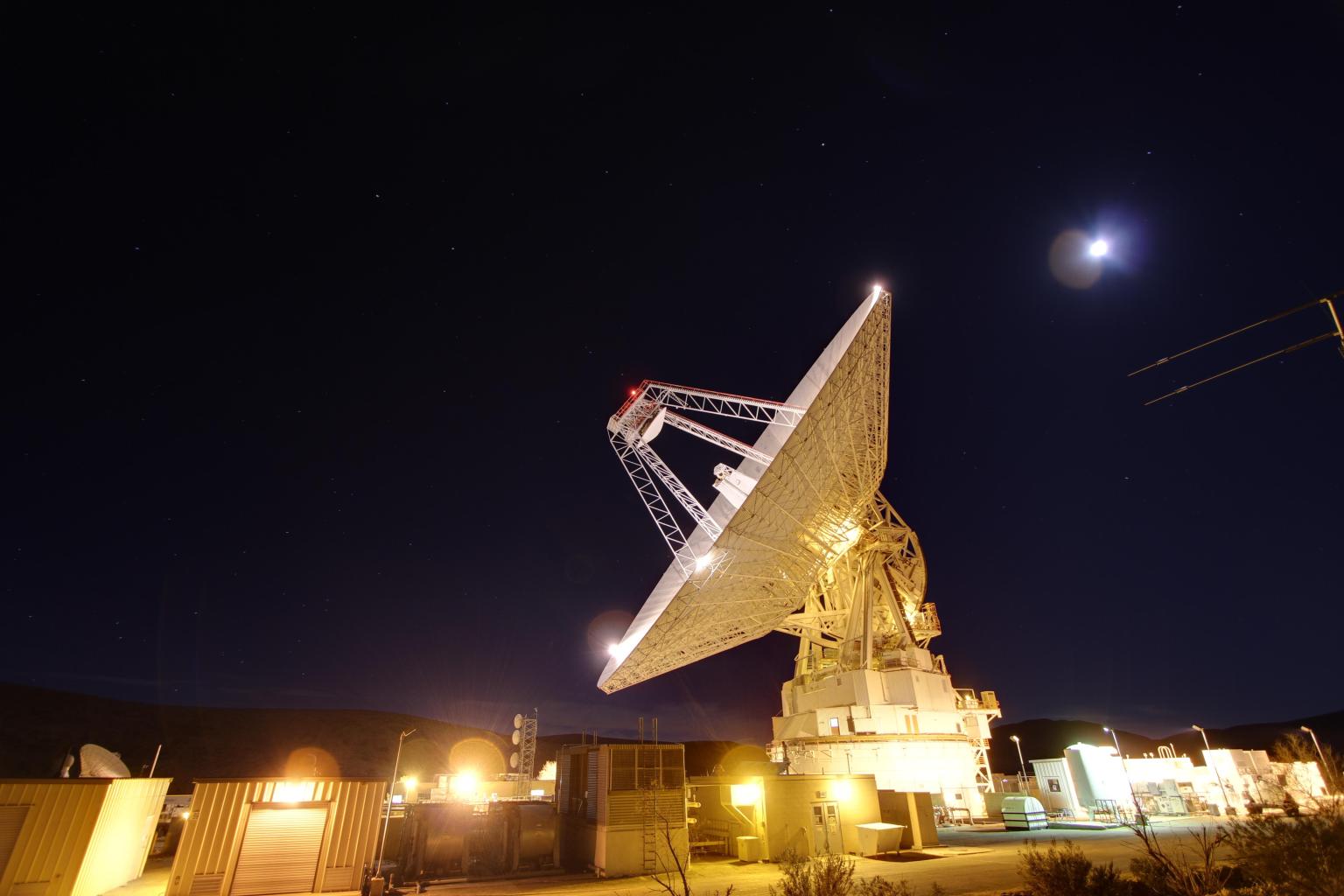PExT
Polylingual Experimental Terminal

First-of-its-Kind Demonstration
For almost 40 years, NASA has relied on its own satellite system to provide communication links between the ground and satellites in near-Earth orbit, but NASA’s current infrastructure was not originally designed for interoperability between government and commercial networks. NASA is working with industry to develop wideband terminal technology, designed to provide interoperability to spacecraft, meaning they will be able to “roam” between government and commercial networks in space for the very first time. Just as cell phones evolved to jump from network to network without service interruption, future spacecraft could benefit from the same technology.
To pave the way, the PExT technology demonstration will help prove wideband terminals can deliver seamless communications for missions transitioning to commercial infrastructure, by operating across both government and commercial space networks. The PExT payload, equipped with a compact two-foot antenna, will demonstrate this capability by communicating across NASA’s Tracking and Data Relay Satellites fleet and two commercial networks. After the flight demonstration, NASA will continue to work with private industry and emerging missions to develop wideband terminal technology for the agency.
NASA is Commercializing Space Communications
NASA is expanding access to space for science, people, opportunity, and innovation through public-private partnerships. As part of the agency’s efforts to grow the low Earth orbit ecosystem, future missions requiring near-Earth relay communications will take a commercial-first approach, with NASA missions transitioning to commercial communications services as early as 2028.
Wideband Technology
NASA and industry are developing wideband polylingual terminals that enable interoperability between government and commercial networks.
Learn More about Wideband Technology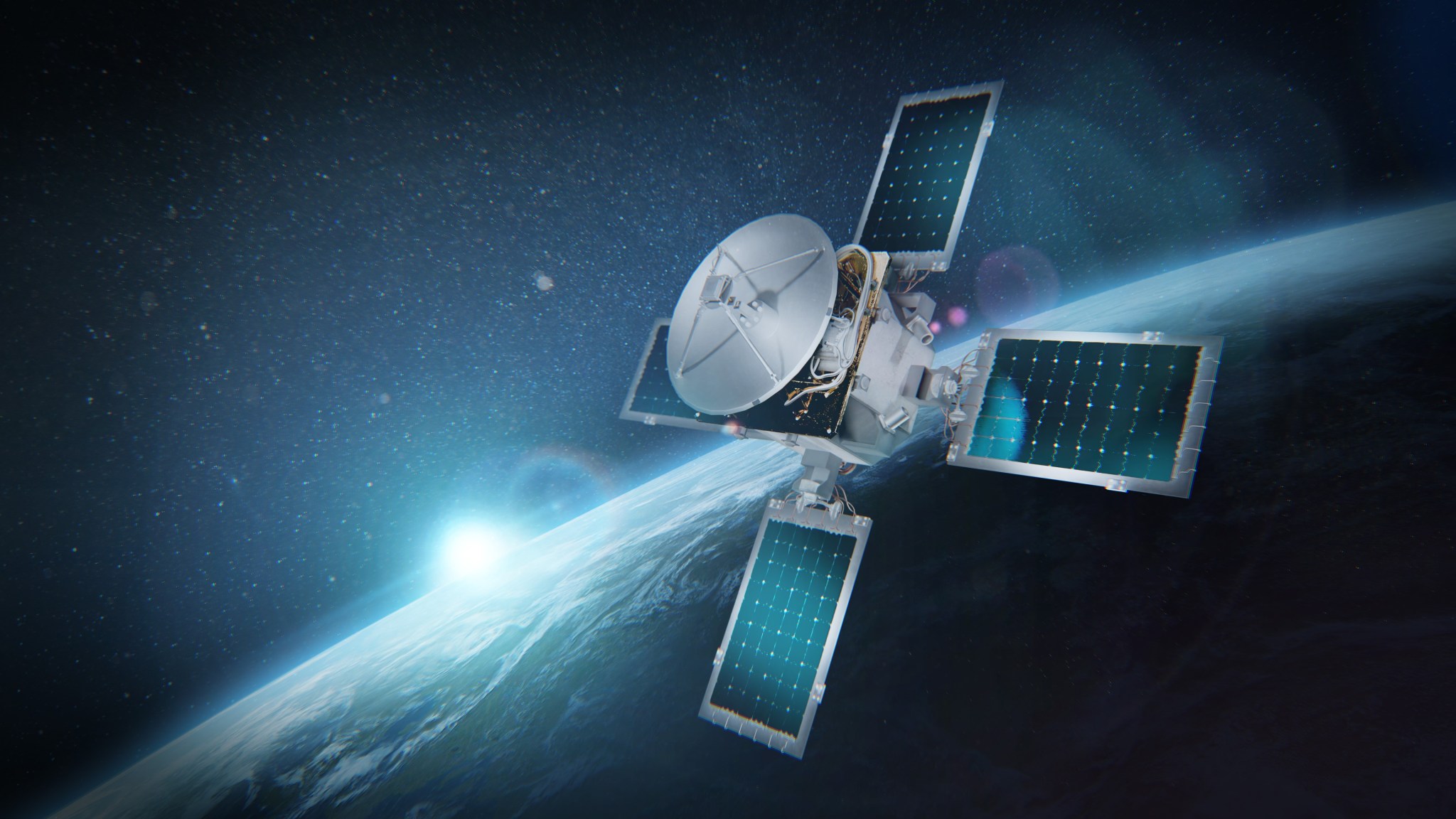
Media
